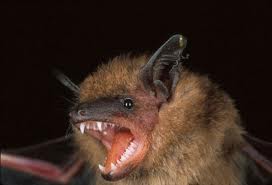Bat Problems?
Bats in your Attic?
How do I Get Rid of Bats?
What are Bat Entry Points?
Do Bats Carry Rabies?
Can Bat Guano Make Me Sick?
Why Are Bats Protected?
How many Bats Can I have?
How Do I know If I have Been Bit By A Bat?
What Signs do I look for If I Think I have a Bat?
Will the Bat(s) Bite My Cat, Dog?
For Answers to your Bat Questions and the Solution to your Bat Problems Call:
1-855-897-8484
#Bridgeport #Breslau, #Bloomingdale, #BurksFalls, #Brighton, #Caledon, #Cambridge, #Campbellville, #Conestogo, #Cookstown,
#Drayton, #Dundalk, #Dundas, #Durham, #Elmira, #Elmvale, #Elora, #FenelonFalls, #Fergus, #Fonthill, #Galt, #Georgetown, #Grimsby,
#Guelph, #Hamilton, #Kitchener, #LakeshoreToronto, #Lansdowne, #Listowel, #Madoc Brampton, #Malton, #Markdale, #Markham,
#Maryhill, #Mildmay, #Milton, #Milverton, #MississippiMills, #Mississauga, #NewDundee, #NewHamburg, #Oakville, #Orangeville,
#Bridgeport #Breslau, #Bloomingdale, #BurksFalls, #Brighton, #Caledon, #Cambridge, #Campbellville, #Conestogo, #Cookstown,
#Drayton, #Dundalk, #Dundas, #Durham, #Elmira, #Elmvale, #Elora, #FenelonFalls, #Fergus, #Fonthill, #Galt, #Georgetown, #Grimsby,
#Guelph, #Hamilton, #Kitchener, #LakeshoreToronto, #Lansdowne, #Listowel, #Madoc Brampton, #Malton, #Markdale, #Markham,
#Maryhill, #Mildmay, #Milton, #Milverton, #MississippiMills, #Mississauga, #NewDundee, #NewHamburg, #Oakville, #Orangeville,




















